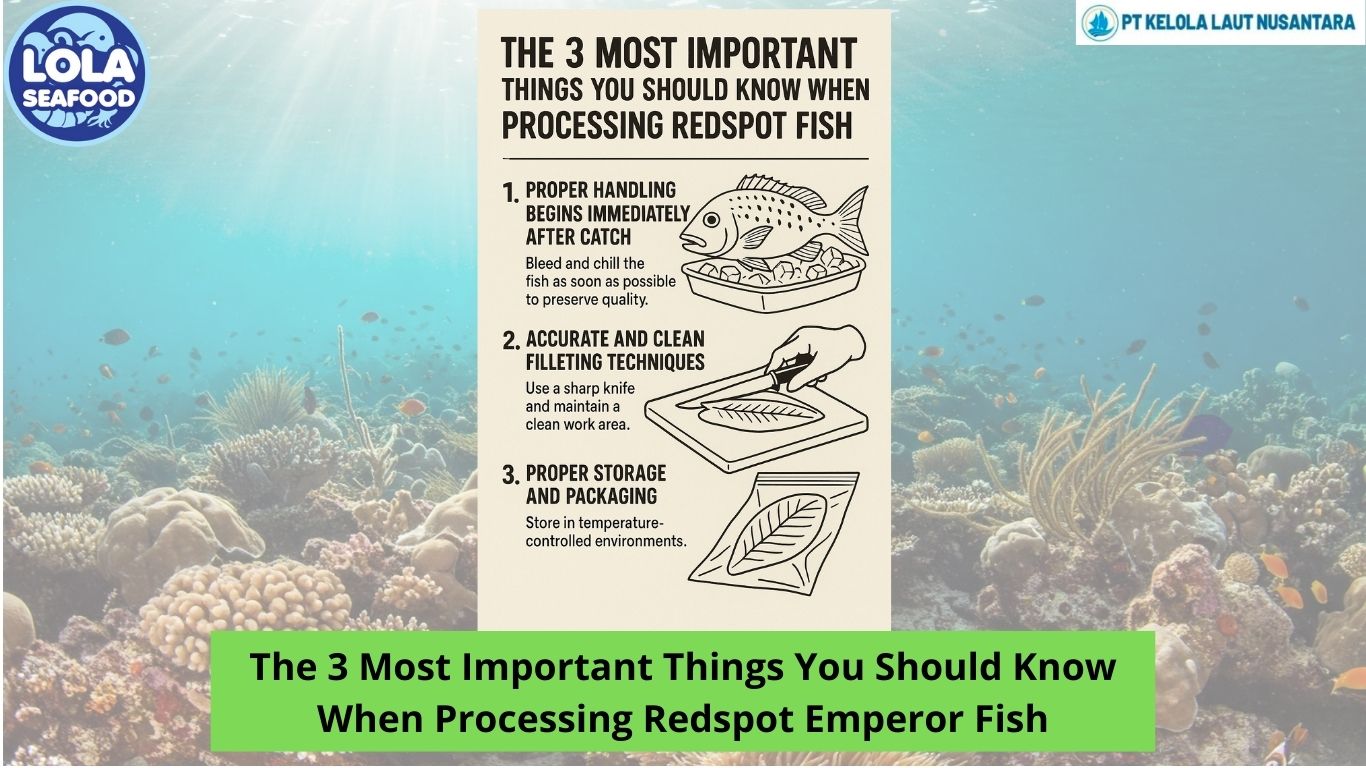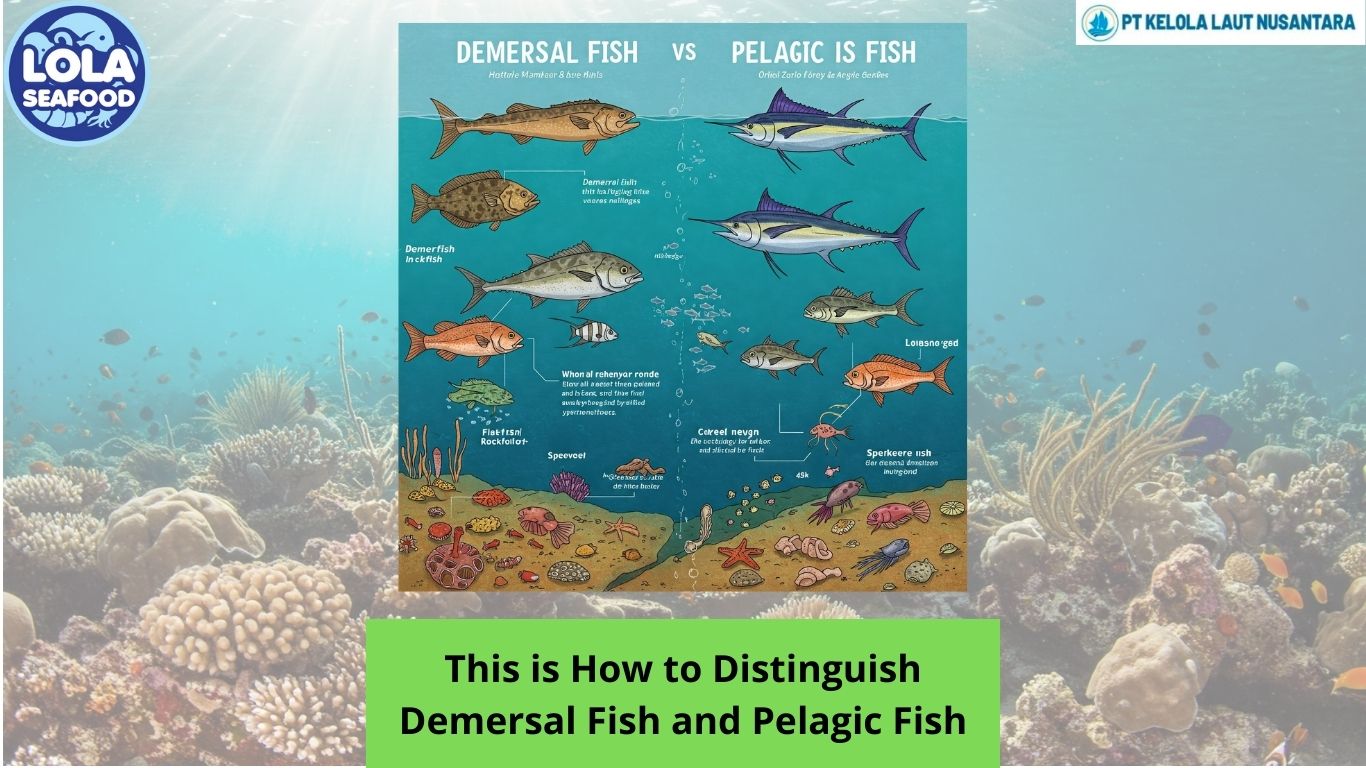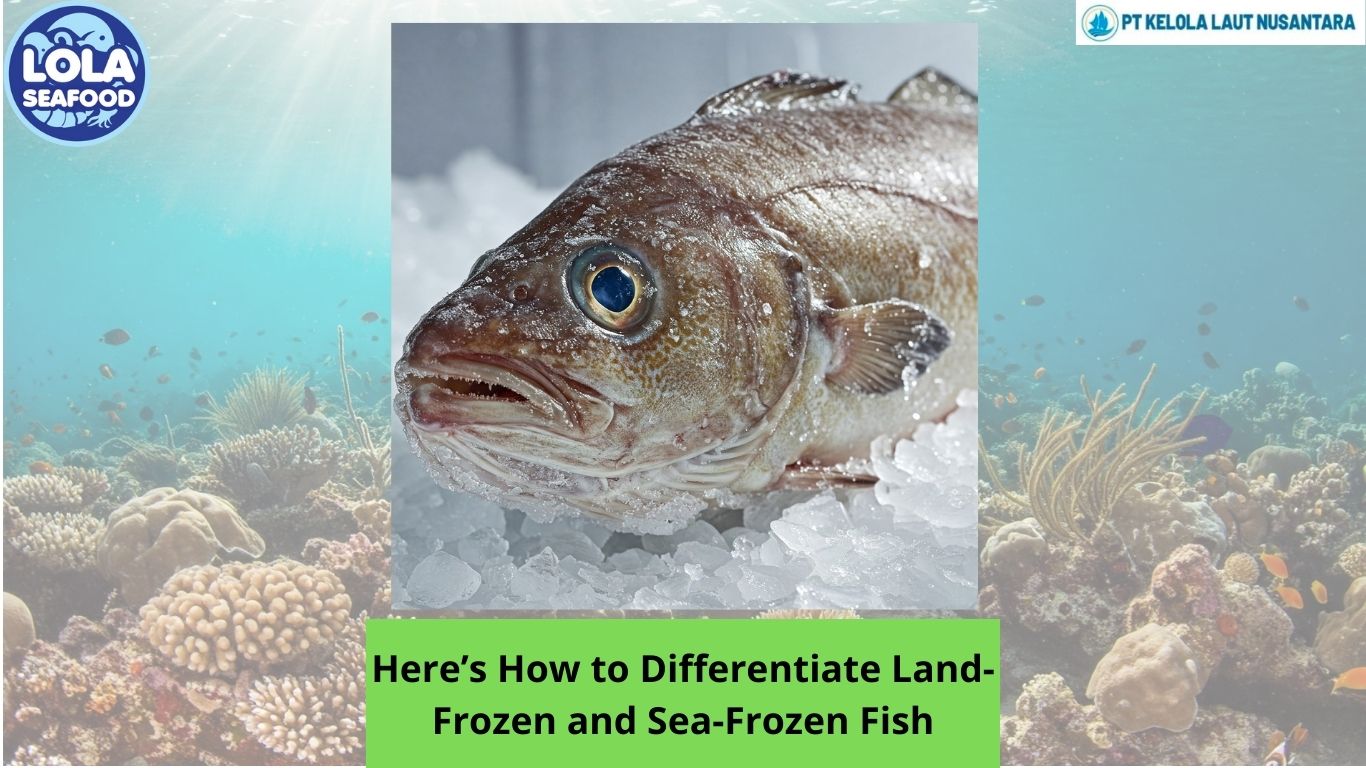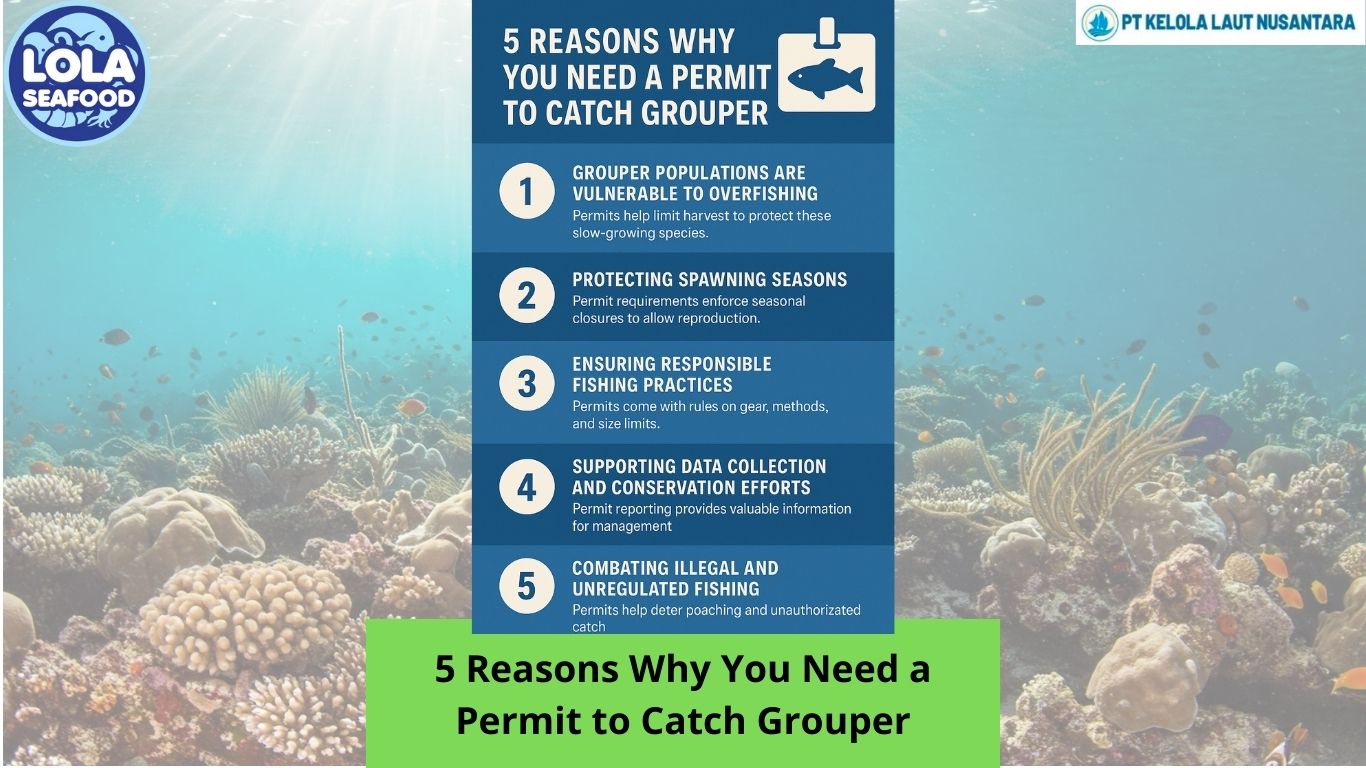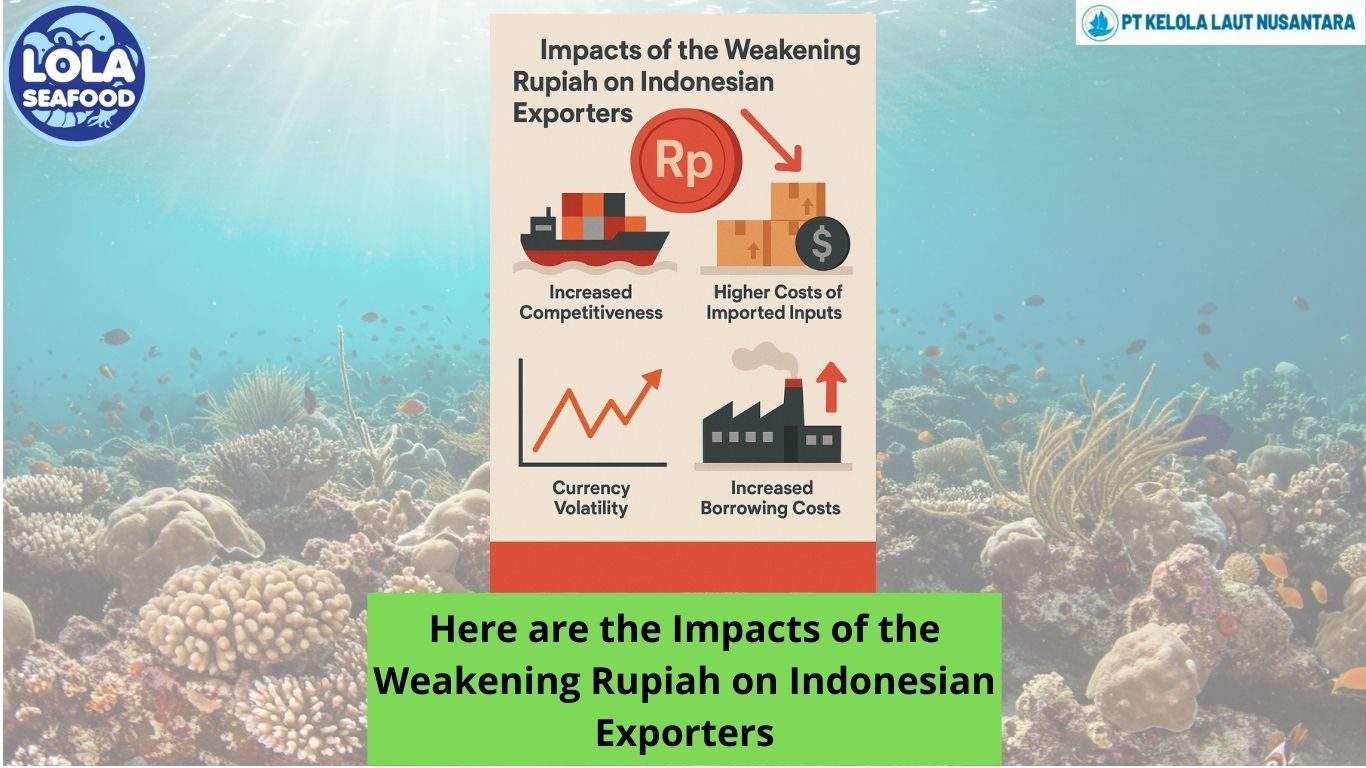The Following Are the Latest Export Flows of Fish Processing and Trade in The World
By. Agung Kurniawan - 10 Feb 2025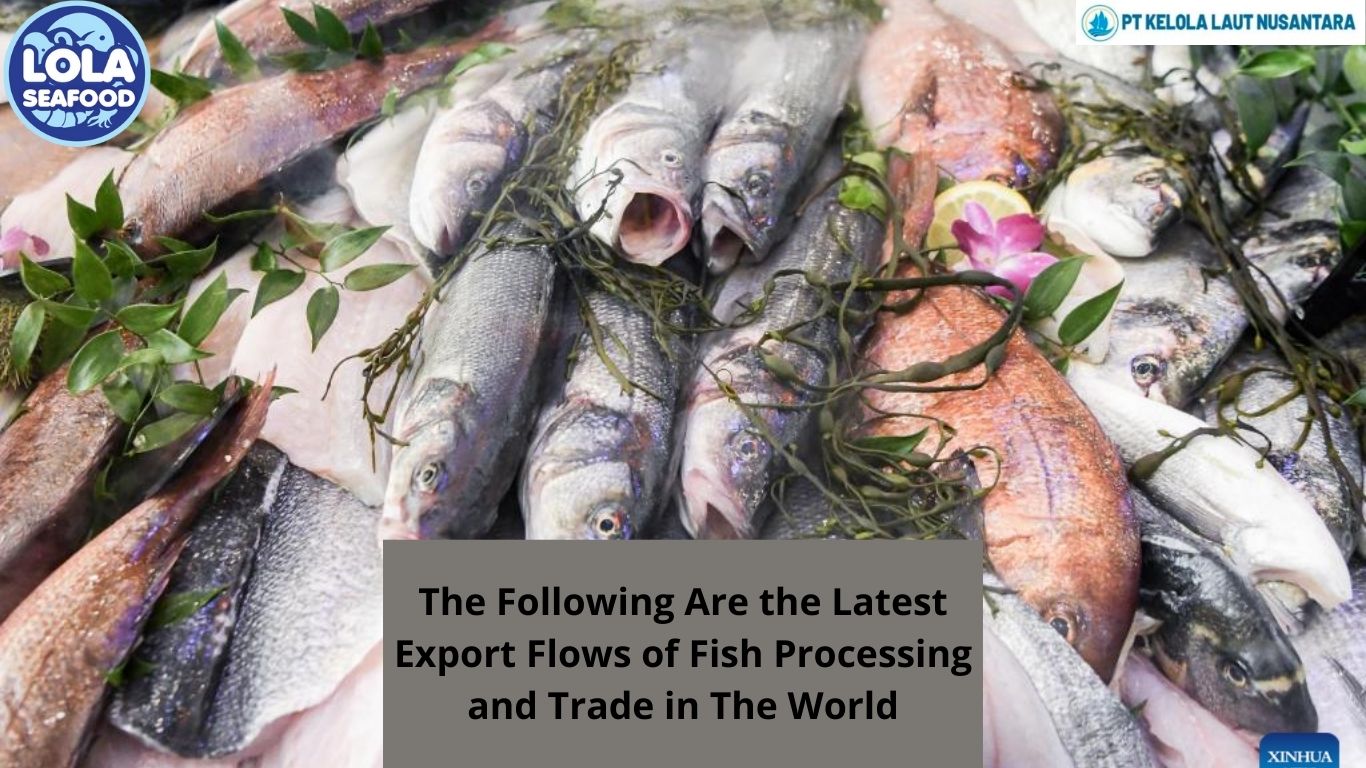
Kelolalaut.com The global fish processing and trade industry has experienced significant developments in recent years, marked by shifts in production methods, trade dynamics, and market trends.
Surge in Global Production
In 2022, global fisheries and aquaculture production reached a record high of 223.2 million tonnes, reflecting a 4.4% increase from 2020. Notably, aquaculture production of aquatic animals surpassed capture fisheries for the first time, with aquaculture contributing 130.9 million tonnes, of which 94.4 million tonnes were aquatic animals, accounting for 51% of total aquatic animal production.
Expansion of South-South Trade
Trade between developing countries in the fisheries and aquaculture sector has seen remarkable growth. Between 2012 and 2022, South-South trade in this sector doubled, rising from $19 billion to $39 billion. Leading exporters among developing nations include Chile, China, Ecuador, India, Peru, Thailand, and Vietnam. This shift signifies a new era where developing countries are increasingly trading with each other, retaining more economic benefits locally, creating jobs, and fostering innovation.
Market Valuation and Growth Projections
The fish processing market has demonstrated steady growth. In 2024, the market was valued at $215.6 billion and is projected to reach $225.42 billion in 2025, representing a compound annual growth rate (CAGR) of 4.6%. Looking ahead, the market is expected to grow to $279.67 billion by 2029, with a CAGR of 5.5%. Factors contributing to this growth include customization and innovation, emerging markets, alternative protein sources, and demand for convenience foods.
Challenges in the Industry
Despite positive trends, the industry faces challenges such as overfishing, climate change, and trade barriers. Notably, non-tariff measures affect 93% of imports for fish products, highlighting the need for revitalizing global trade preferences among developing countries to unlock further growth.
Case Study: Norway's Salmon Farming Industry
Norway, accounting for 50% of the global market for farmed Atlantic salmon, faced significant challenges in 2024 due to an unusually harsh winter combined with the El Niño climate phenomenon. These conditions led to a record fish mortality rate of 16.7%. The industry is adopting innovative solutions, such as underwater cages and extended land-based rearing, to protect salmon from adverse environmental conditions.
The global fish processing and trade industry is navigating a complex landscape of growth opportunities and challenges. While production and trade are on the rise, particularly among developing nations, the industry must address environmental and regulatory hurdles to ensure sustainable and inclusive growth in the years ahead.
If youre interested in our Corvina Fillet Skin Patch , Corvina Whole Round , Jewfish Fillet Skin On please do not hesitate to contact us through email and/or whatsapp.
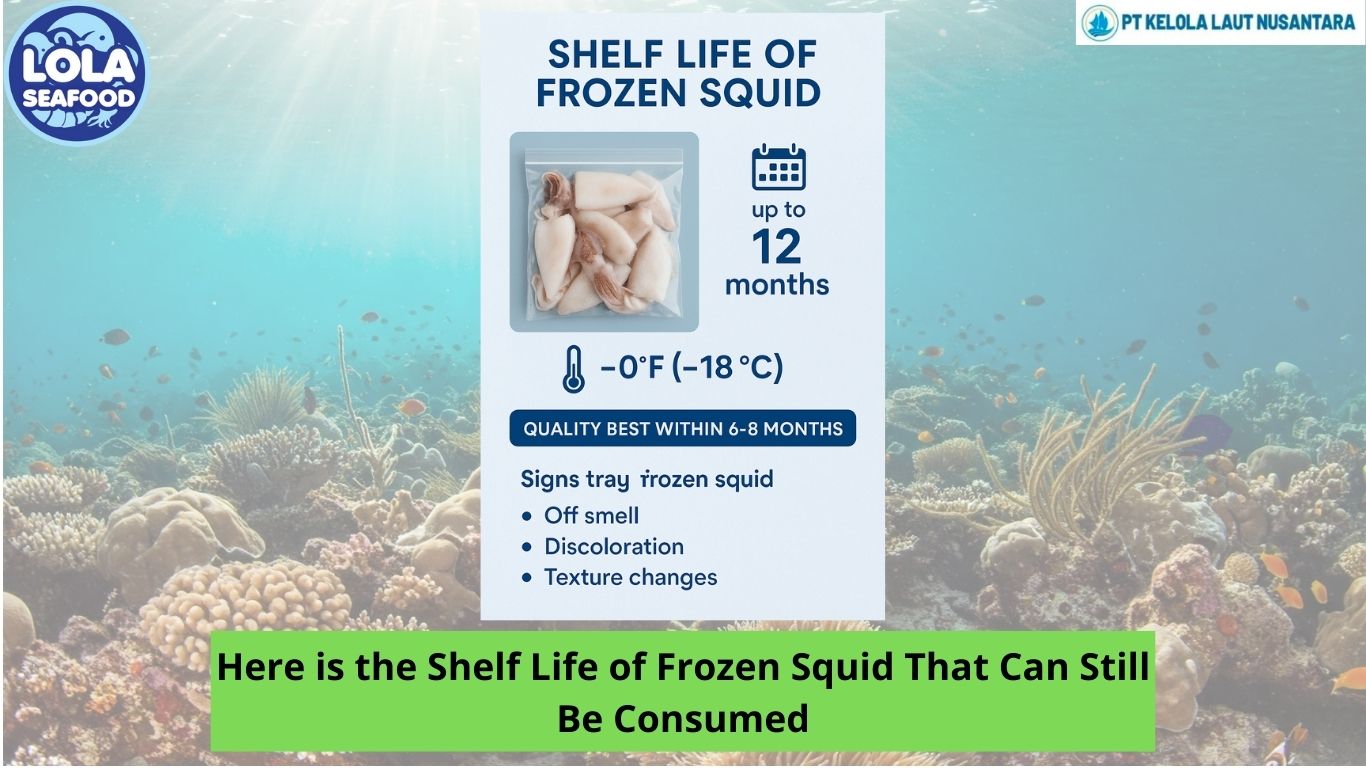
.jpg)
.jpg)
.jpg)
